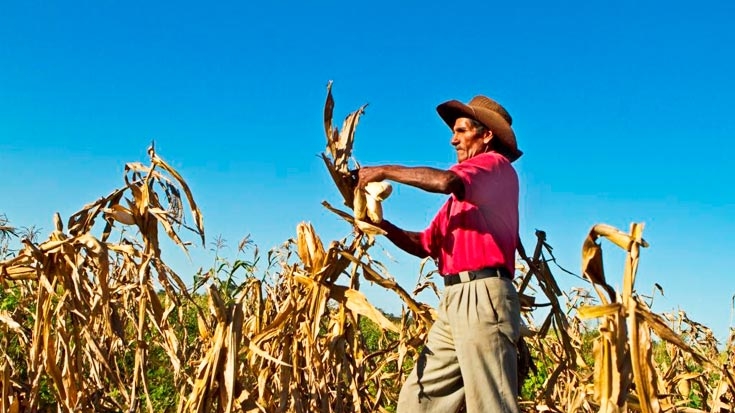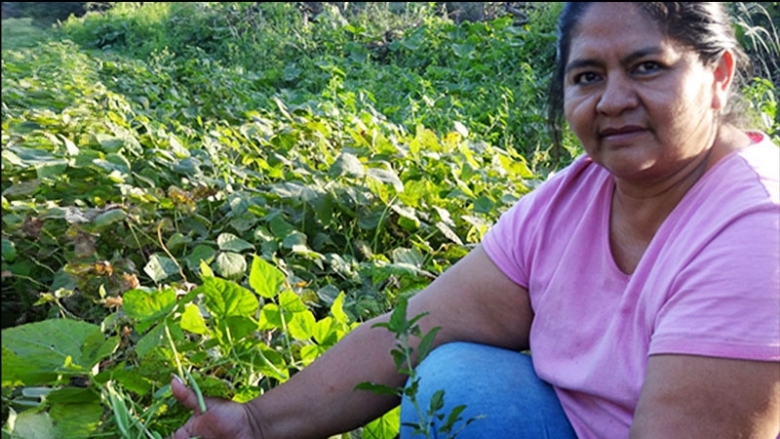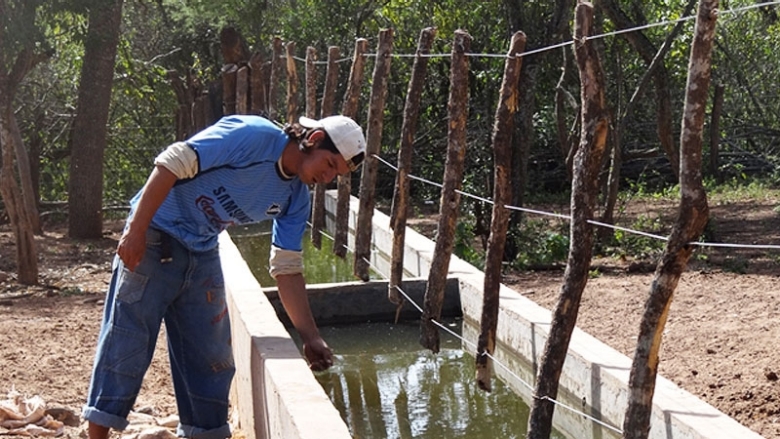Challenge
Access to agricultural land has been a long-standing challenge for poverty reduction in Bolivia. Despite government efforts since the Agrarian Reform of 1953, landlessness has been growing. Traditional, often bureaucratic land access mechanisms, such as public land distribution and planned settlements on lands identified during the regularization process, could not satisfy the growing demand. Meanwhile, underutilized private lands were on the rise in the eastern lowlands, especially in the Department of Santa Cruz, at a time when Bolivia was undergoing significant political and social changes. Since 2006, President Evo Morales’ administration has made agrarian reform one of its central policies, promoting equity through the distribution of agricultural land, with a particular focus on communities of Indigenous Peoples’ Territories (Territorios Comunitarios de Origen, TCOs) and Communal Lands (Territorios Comunitarios, TCs). However, due to a lack of technical capacity and productive assets, poor farmers, and especially indigenous families still faced constraints to benefit from the right to land that they had received as members of TCOs and TCs.
Solution
The Land for Agricultural Development Project was designed as a pilot effort concentrated on selected municipalities of the Department of Santa Cruz, where the land market looked favorable to test new land access mechanisms. Project design was informed by the World Bank’s global experience and by South-South knowledge exchanges (with, for example, Brazil). The project initially focused on land purchasing, but changing market conditions made land prices unaffordable for beneficiaries. Based on implementation experience and the pro-poor land policies promoted by the Morales administration, the land access mechanisms were broadened to include leasing, share cropping, and especially an innovative alternative that allowed poor indigenous families who had been given collective land rights to enjoy these rights productively by providing them with matching grants and technical assistance for agricultural productive investments and commercialization of products. This mechanism in particular had demonstrable impacts and could be replicated countrywide and other countries of the region.
Results
The project enabled the testing of innovative land access mechanisms suitable to local contexts and indigenous communities. It contributed to testing alternative decentralized beneficiary-driven land distribution mechanisms for organized landless or poor farmers, by:
- Facilitating access to 151,579 hectares of land for productive purposes, 87.3 percent of which is located in Indigenous Peoples’ Territories and Communal Lands.
- Enabling 2,891 beneficiary families (11,488 direct individual beneficiaries, 5,681 of whom are women) to gain access to land and improve their livelihoods through 237 productive associations.
- Allocating an average of 52 hectares of land per family, and 640 hectares per productive association.
- The project also supported productive investments in agriculture, livestock, and agro-forestry systems on the newly accessed land, contributing to increased and more sustainable livelihoods for beneficiaries, as evidenced by several key outcomes:
- Family income increased by 39 percent compared to the baseline of 2008.
- At least three quarters of the productive associations rated the project’s capacity-building activities as good or excellent.
- Women participation in training activities reached 38 percent by the project’s closing date, with training focusing both on agricultural and administrative skills.
- Women were also active board members in 74 percent of the productive associations established.




